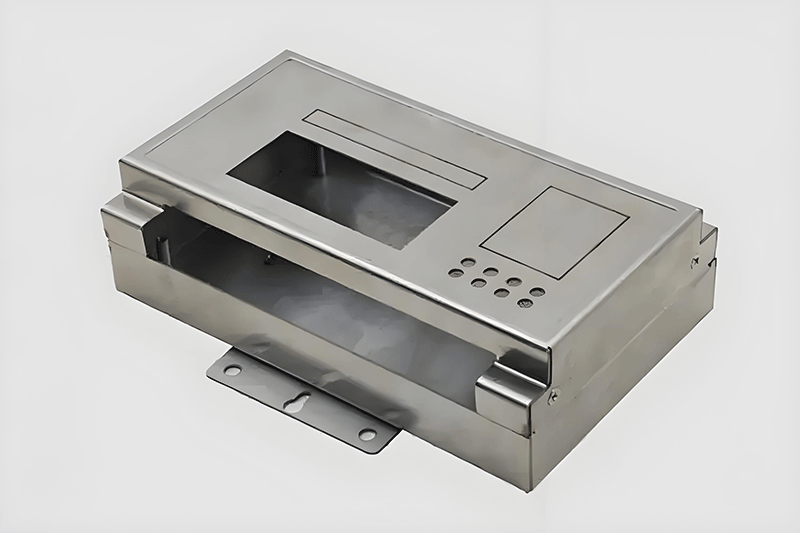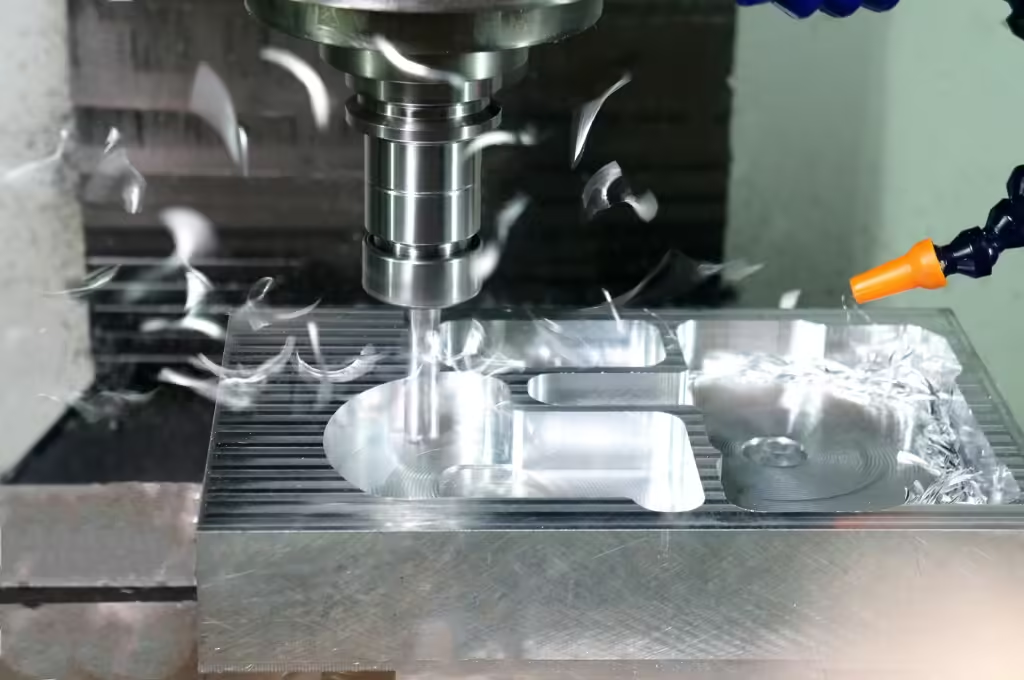In the world of industrial design, sheet metal fabrication is more than just a process—it’s an art form. It’s the meticulous manipulation of thin metal sheets to create parts and products that are both functional and aesthetically pleasing. Whether you’re a seasoned designer or just starting out, this comprehensive guide will help you master the art of sheet metal fabrication.

1. Mastering Material Mastery in Sheet Metal Fabrication
In the realm of sheet metal fabrication, choosing the right material is pivotal. Here’s a concise overview of the key materials:
Carbon Steel: Known for its strength and affordability, carbon steel is versatile but requires protection against rust.
Stainless Steel: Offers superior corrosion resistance and is ideal for long-lasting applications, though it comes at a higher cost.
Aluminum: Lightweight and highly recyclable, aluminum is perfect for weight-sensitive applications but may lack the strength needed for heavy-duty tasks.
Copper: Excels in thermal and electrical conductivity, making it suitable for applications requiring efficient heat transfer or electrical conductivity.
Each material has its strengths and limitations. Consider factors like strength, weight, corrosion resistance, and cost to select the optimal material for your project. With this understanding, you’ll be well on your way to mastering sheet metal fabrication.
2. Designing for Fabrication
Think beyond the aesthetics—consider how your design will be fabricated. Bending, stretching, and forming capabilities of the material should guide your design choices. Avoid overly complex shapes to keep fabrication costs and difficulty in check.
3. Fabrication Methods: The Right Tool for the Job
Your choice of fabrication method can make or break a project. From shearing and stamping to bending, welding, and laser cutting, select the method that best fits your design requirements. Each method has its strengths and limitations, so choose wisely.
If you don’t know how to choose, contact us, we have a lot of experience to provide you with the right manufacturing method.
4. Flat Patterns: Blueprints for Bending
For parts that will be bent, flat patterns are your blueprint. They help determine bend lines and dimensions, ensuring that your final product meets your design specifications.
5. Molds and Tools: The Unsung Heroes
The right molds and tools are essential for shaping your sheet metal parts. Choose based on the shape and size of the parts you’re fabricating, ensuring precision and consistency.
6. Fabrication Sequence: The Logical Flow
Plan your fabrication sequence logically. Cutting before bending, for example, can prevent material deformation. A well-planned sequence streamlines the process and reduces errors.
7. Precision Control: The Art of Accuracy
Precision is key in sheet metal fabrication. Determine the required precision for your parts and select the right equipment and processes to achieve it. High-quality results start with high standards.
8. Cost Estimation: Budgeting for Success
Estimate your costs by considering material, processing fees, and mold expenses. Don’t forget to factor in the impact of batch production on your budget. Planning is the key to financial success.
9. Prototyping: Testing the Waters
Before diving into mass production, create prototypes. They allow you to test the design and fabrication quality, ensuring that your final product meets your expectations.
10. Quality Inspection: The Final Check
Inspect your finished parts for dimensions, shape, and surface quality. This final check ensures that your products are up to the mark and ready for the market.
11. Welding and Post-Processing: The Finishing Touches
Post-processing steps like welding, grinding, and deburring are crucial for a professional finish. These steps can transform a good product into an exceptional one.
12. Surface Treatment: The Look and Feel
Choose the right surface treatment based on your product requirements. Whether it’s painting, electroplating, or anodizing, the right treatment enhances both the look and durability of your products.
13. Safety Procedures: Prioritizing Protection
Safety is paramount in sheet metal fabrication. Follow established procedures to ensure the safety of operators and maintain a secure working environment.
14. Environmental Protection: Green Fabrication
Consider noise, dust, and waste management during the fabrication process. Meeting environmental standards is not only responsible but also beneficial for your brand’s image.
15. Keeping Up with Technology: The Cutting Edge
Stay updated with the latest sheet metal fabrication technologies and equipment. Enhancing efficiency and quality is a continuous process that keeps you ahead of the curve.
16. Collaboration with Suppliers: The Key to Success
Maintain good relationships with your sheet metal fabrication suppliers. Their expertise and timely delivery are crucial for the success of your projects.
17. Problem-Solving: The Art of Adaptation
When fabrication issues arise, communicate with your suppliers. Finding solutions together can turn challenges into opportunities.
18. Documentation: The Keeper of Knowledge
Record key parameters and steps during the fabrication process. Proper documentation is essential for quality control and future reference.
By following this guide, you’ll not only understand the intricacies of sheet metal fabrication but also be equipped to create products that are both beautiful and functional. Dive in, and let’s shape the future together!


